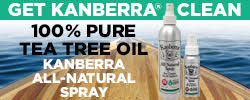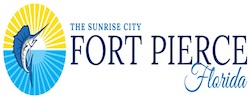Praise for Osprey Marina, AICW Statute Mile 373
A CRUISERS NET SPONSOR, popular Osprey Marina is at mile marker 373 on the Intracoastal Waterway south of Myrtle Beach, SC. Thankfully, Osprey Marina has almost completely recovered from the damages of hurricane Florence. Our thanks to Loopers Steve Quinn and Brenda Sanderson for these good words as posted on AGLCA’s Forum.
I needed about three weeks of harborage myself in the same area so I chose Osprey Marina. Great folks, clean family run marina and very well protected. I called pretty much last minute to make reservations and they did work me in. Highly recommended. I will be returning to my boat approximately May 10.
Steve Quinn
2nd Steve Quinn’s recommendation. if you can go North a little more, you won’t find much of a friendlier and well protected marina. Last trip through southbound, they paid two dock hands OT to receive us an hour after closing to make sure we made it in. Cheap diesel too. We love Osprey. On our way north recently we stopped to fuel and pump out at Wacca Wache. Over 25 cents more per gallon on diesel than Osprey and a whopping $25 for a pumpout.
Brenda Sanderson
Click Here To View the Cruisers Net South Carolina Marina Directory Listing For Osprey Marina
Click Here To Open A Chart View Window, Zoomed To the Location of Osprey Marina






















Be the first to comment!